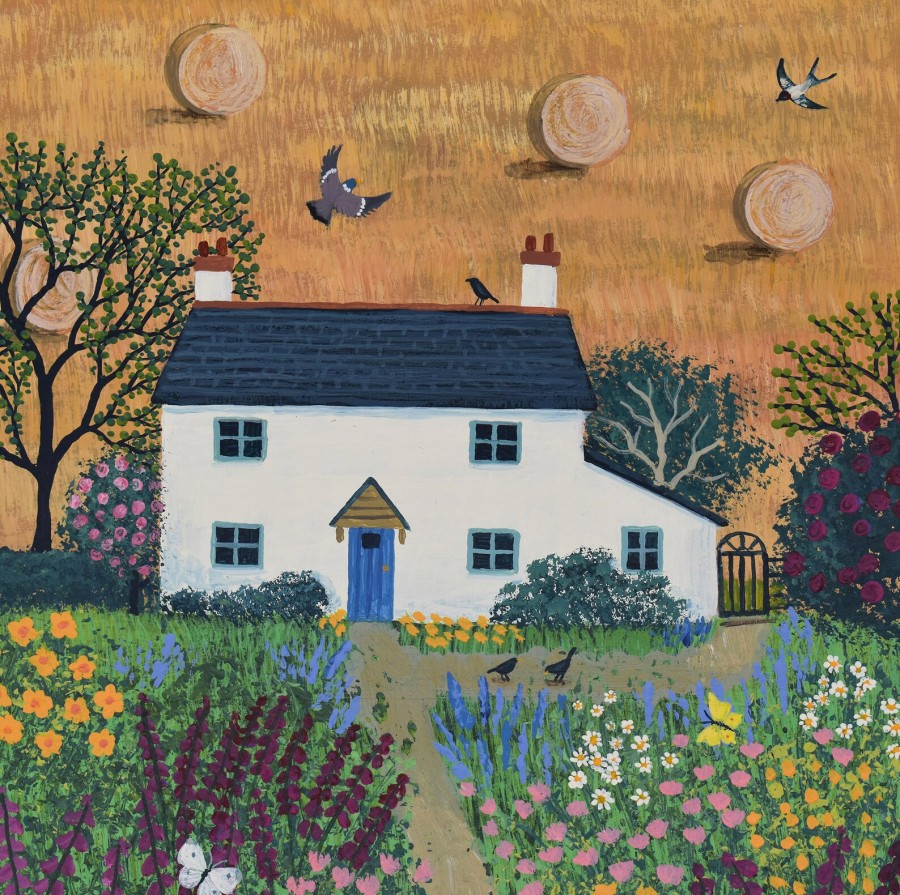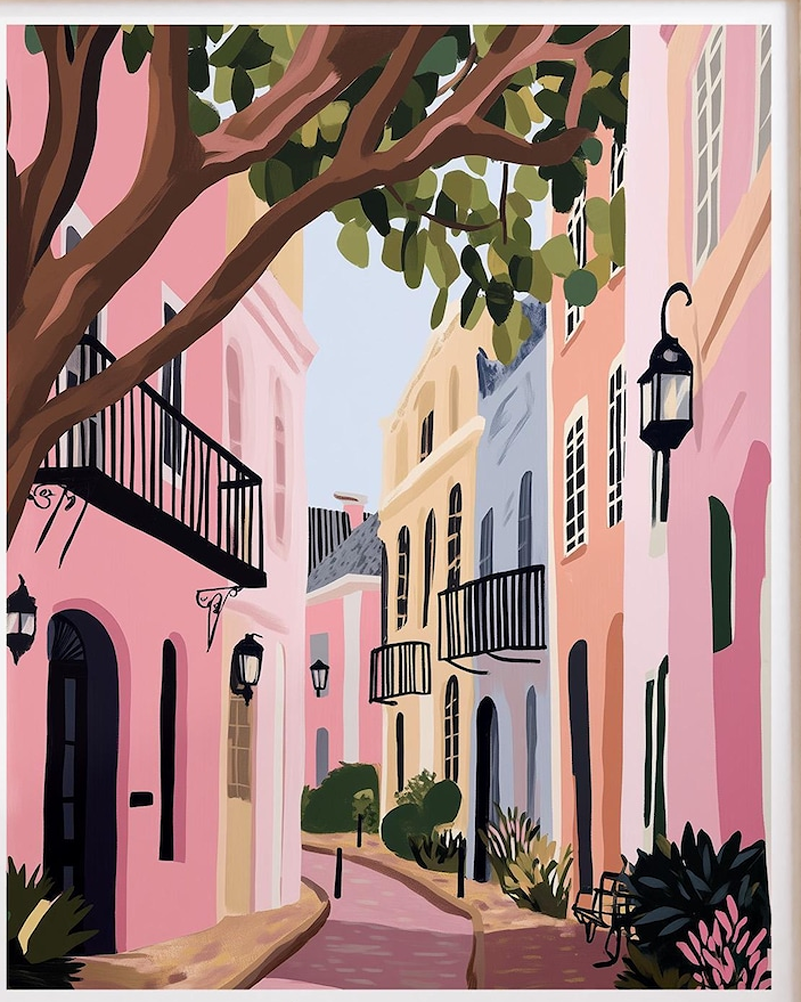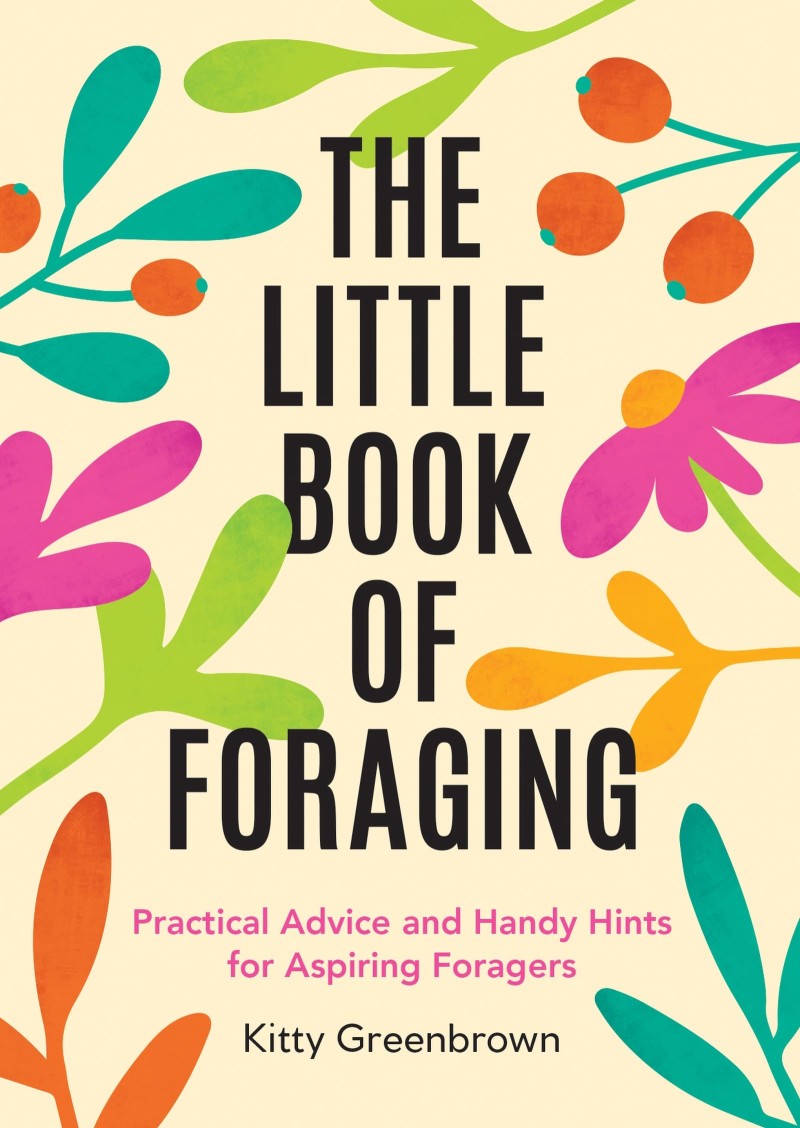Give Your Front Garden a Beauty Makeover

If you want to boost your front garden’s kerb appeal, it’s pretty easy to do, and can also enhance the value of your property.
Use no-dig gardening to protect wildlife. Also read our posts on pet-friendly gardens and wildlife-friendly gardens. Avoid facing indoor foliage to outdoor gardens, to help stop birds flying into windows.
Assessing Your Current Front Yard
- Research your soil, to know the best types of plants to use.
- What do you want? A splash of colour, or a quiet place to reflect.
- What is your budget? You don’t want to run out of money half-way through.
- Create a plan: a charming cottage rose garden or a peaceful Zen space?
- Consider the walkway – a stone patio, fences for privacy etc.
- Where will you site a water butt, to hydrate plants?
Use Natural Paints
- The Organic Natural Paint Co recommends Graphenstone and Auro for exterior walls, to protect walls from heat/moisture, and improve insulation.
- Lifetime is a nontoxic varnish and linseed paint is good for doors/frames (highly flammable, so store leftovers in water).
Remove Outdoor Clutter
- Keep things subtle to not affect neighbouring properties. Remove ‘path clutter’.
- Live simply to avoid overflowing rubbish bins.
- Use eco-cleaning products for your windows and donate/sell/recycle clutter to make a picture window, to enjoy the views from your sofa. This lets natural light in (block off unsafe outdoor areas from children and pets).
Use Solar Motion Lights (to avoid light pollution)
Use solar outdoor lighting that goes off when not in use, to avoid light pollution. Report broken street lights to Fix My Street.
Coir Doormats
Coir doormats are suitable for indoors or outdoors, sold in over 60 designs to suit all tastes. They are durable, absorbent and weather-resistant.
The natural coir bars built in are great to scrape ice, snow and sludge from boots and shoes, before entering your home. The long coir bristles absorb and hold dirt, small stones and water, and coconut fibre naturally helps to repel insects, due to coconut oil.
And holes in the rubber let water drain through freely. The strong anti-slip moulded rubber backing, prevents slipping on smooth floors. Give it a good shake every week or so.
Beat it with a broom handle, ideally over a rail or washing line. And use a stiff wet hand brush to scrub areas covered in dirt. Put back in place and give a final hoover to extract remaining dust and dirt, using the brush setting.
Exterior House Paint: What Are The Best Choices?

Charleston, Art by Jess
We’ve all heard of the court cases of people painting their house a terrible colour, and neighbours taking them to court (the same with pebble cladding). But are there laws on what colour you can paint your home, and what are the best colours for both community harmony, and house price sales?
Read our post on natural house paint, to find good brands!
Abroad, houses are often very colourful. Rainbow Row (above) is a set of 13 historic houses in the Deep South city of Charleston, USA. Built in the late 1700s, these homes were dilapidated, but someone stepped in to save them, and today they are known the world over.
Today, Charleston is a gorgeous place, but back in the day it was near slum conditions. Inspired by Caribbean colours, the houses have many urban myths on why they are different colours. One was that drunk sailors returning from port, would remember which house to sleep in!
House Exterior Paint Choices in England

Notting Hill, Sarah Frances
In England, most houses tend to be the same colour, although Cornwall often has old cob buildings painted beautiful hues. And some areas of London (such as Notting Hill) are renowned for their colourful buildings (you’ll remember the famous blue door in the film of the same name).
If you are concerned about making the most of the value of your property, experts say (unless you live in an area where everyone paints their walls pink or blue!), it’s best to stick to neutral colours:
- White or off-white
- Light grey
- Cream
- Sage Green
Painting Heritage Building Exteriors

Heritage buildings (like listed houses) have rules, and you will have to seek permission, before painting your house. And you’ll be limited to a few colours: which are usually the same really that are recommended for most historic buildings:
- Soft whites and creams (Georgian and Regency buildings)
- Sage greens and muted blues (Victorian buildings)
- Warm reds and browns (Edwardian buildings)
- Deep greys and blacks (ironwork and industrial buildings)






